Finding the perfect balance in fitness is a journey many of us embark on, whether you’re a seasoned gym-goer or just starting out. In our quest for strength and aesthetics, we often focus on building muscle, driven by the desire to look and feel our best. But have you ever paused to wonder: How much muscle is too much?
In this article, we’ll delve into the science and art of muscle building, helping you strike the perfect balance between strength and overall well-being. Whether you’re a seasoned lifter or just starting out, understanding how to build muscle without compromising your health or happiness is crucial.
Macros for Weight Loss and Muscle Gain Female
Transforming your body starts with a balanced macronutrient approach: 40–50% carbohydrates, 25–35% protein, and 20–30% fats. This strategy prioritizes protein to preserve lean muscle mass, while carbohydrates fuel your workouts and aid recovery, creating a foundation for sustainable weight loss and overall health.
Does Gaining Muscle Make You Gain Weight
Gaining muscle through strength training and exercise is a transformative journey for your body and health. While the number on the scale might initially rise or stay the same, this increase reflects the denser, leaner muscle mass replacing fat. Muscle not only takes up less space but also boosts your metabolism, aiding in long-term fat loss by burning more calories throughout the day. Beyond physical appearance, building muscle enhances strength, posture, and overall functionality, supporting better daily performance and reducing the risk of injuries. Moreover, the benefits extend to bone health, as resistance training stimulates bone growth and durability. Embracing muscle gain isn’t just about aesthetics; it’s a cornerstone of a healthier, more resilient body.
Can I Gain Muscle on a Calorie Deficit
Losing body fat while building muscle is like navigating a balancing act on a tightrope. For many, the rule of thumb is clear: to lose fat, you need a caloric deficit; to gain muscle, a surplus. But what if you’re lifting weights and cutting calories simultaneously? Can you really sculpt muscle while trimming down?
The truth is nuanced. If you’re a seasoned lifter or athlete, gaining muscle in a deficit is incredibly challenging. Your body craves extra fuel to build and repair muscle tissue efficiently. Yet, if you’re new to the iron game, it’s a different story. Starting fresh with proper technique and a well-designed program can tip the scales in your favor. You might just find yourself shedding inches while gaining strength and definition.
Average Muscle Gain per Month
Building muscle is a journey that unfolds uniquely for each person, shaped by a blend of dedication, strategy, and biology. For beginners embarking on their fitness odyssey, the thrill of progress is exhilarating. With focused weight training and a nourishing diet, gains of 1 to 2 pounds (0.5 to 1 kg) per month are not just achievable but exhilarating. This rapid growth stems from the body’s eager adaptation to new challenges, ramping up protein synthesis like a well-tuned engine.
Yet, as the journey stretches on, the landscape changes. Seasoned lifters and those long acquainted with the iron might find the path less steep, with gains tapering to a steady 0.5 to 1 pound (0.2 to 0.5 kg) per month. Here, progress becomes a testament to persistence and finesse, as bodies edge closer to their genetic blueprint.
Healthy Carbs for Muscle Gain
When you’re focused on building muscle, incorporating healthy carbohydrates into your diet becomes essential. Opt for whole grains like brown rice and quinoa, which provide sustained energy through complex carbs and fiber. Legumes such as beans and lentils are not only rich in carbohydrates but also pack a protein punch, aiding in muscle repair and growth. Fruits like bananas and berries offer natural sugars, vitamins, and antioxidants crucial for overall health and recovery. Starchy vegetables like sweet potatoes deliver essential nutrients that support muscle function and overall well-being. By including these nutrient-rich foods in your daily meals, you ensure your body has the energy and resources needed to optimize muscle gains and maintain peak performance.
Is It Possible to Lose Fat and Gain Muscle at the Same Time
Yes, it is possible to lose fat and gain muscle at the same time, though it requires a balanced approach and careful attention to nutrition and exercise routines. Incorporating resistance training is crucial as it stimulates muscle growth, even in a calorie deficit. Cardiovascular exercise can aid in burning additional calories, but it should be balanced to avoid excessive deficit that might hinder muscle gains. Optimal nutrient timing, adequate sleep, and proper recovery are also essential factors in this process. Individual factors such as genetics, training intensity, and overall lifestyle influence the rate at which one can achieve both goals simultaneously.
Can You Gain Muscle Without Protein
Your muscles are like a city skyline, each strength gained a testament to hard work and dedication. Now, picture protein as the construction workers and materials needed to maintain and expand that skyline. Without enough protein, it’s like firing those workers and halting the deliveries of crucial building blocks. Your body, needing those amino acids for essential functions, starts dismantling those ‘buildings’—your muscles—for raw materials. Over time, this can diminish your muscle mass and strength, undermining all your efforts at the gym. So, ensure you’re fueling your body with enough protein to not just maintain, but to build and strengthen your muscle skyline.
Exploring the complexities of muscle development and maintenance underscores the importance of personalized fitness advice tailored to individual goals and health considerations. While exercise can enhance strength and well-being, excessive muscle mass may pose risks, necessitating informed guidance from fitness professionals.
Understanding the balance between exercise intensity and health outcomes is crucial. Each person’s body reacts differently to exercise regimens, highlighting the need for tailored fitness plans to optimize results while minimizing potential harm. By promoting informed decision-making and personalized fitness strategies, we empower individuals to achieve their fitness goals safely and effectively.
Beyond exercise routines, promoting a holistic approach to fitness involves addressing nutrition, rest, and overall well-being. Encouraging open dialogue and research into optimal fitness practices ensures that individuals can achieve sustainable health outcomes that align with their unique needs and aspirations.


